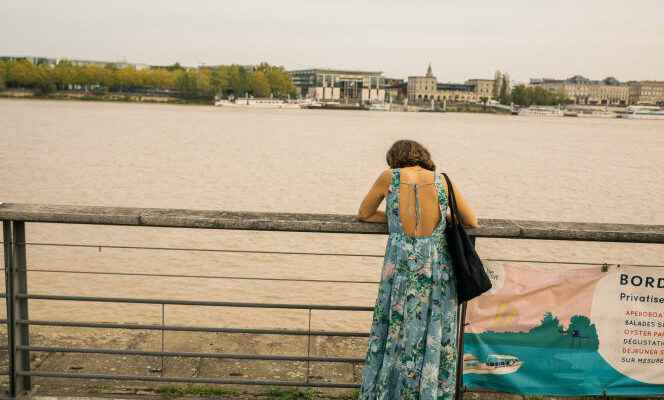From the parks of Marseilles to the gardens of the Parisian suburbs, a gentle anger is brewing against the tiger mosquito. Impossible to take advantage of the abnormal heat at the end of October. Usually stunned by the cold or dead, the insects redouble their activity this year. To feed the eggs they are about to lay, the females will draw from their favorite source: our blood. Painful for lovers of autumnal aperitifs, this observation also worries the health authorities, for a completely different reason: the persistence ofAedes albopictus raises the risk of a second wave of autochthonous dengue fever after an already unique season in the history of vector-borne diseases in France.
The Public Health Agency France made public, Tuesday, October 25, his latest stats. With 217 cases of dengue imported by travelers returning from infected countries, the year could seem ordinary, almost calm. But the authorities have recorded 65 so-called “indigenous” cases, in other words observed in people who have not left the metropolis. It is therefore here, by French “tigers”, that they were contaminated.
The distribution of these infections remains fairly consistent with previous years. They are concentrated in the south of France, in Provence-Alpes-Côte d’Azur for 51 of them, in Occitanie for 12 others and in Corsica for the last two. But the table presents several novelties. Its magnitude, first: so far, we had not recorded more than twelve cases in a season. This record is swept away. With 34 cases observed in the three neighboring towns of Saint-Jeannet, Gattières and Gaude (Alpes-Maritimes), the metropolis is recording an outbreak of unprecedented size. Nobody has officially used the word epidemic but for several epidemiologists, it would not have been abusive to do so. New territories have been affected. “In Corsica, in Toulouse, in Montauban, the virus reaches departments hitherto spared”underlines Marie-Claire Paty, coordinator of the surveillance of vector-borne diseases at Public Health France.
Finally, many cases were declared between the end of August and the beginning of October. Admittedly, the second half of summer is traditionally the most risky period. The concentration of mosquitoes is the strongest there and the return of tourists from countries where dengue fever is endemic offers the insects the opportunity to bite infected people, to contaminate themselves, then to go and contaminate other humans who thought they were shelter. However, this year, these two factors played a huge role. After two years of Covid-19, the French have started to travel again. And the exceptionally warm weather has boosted the growth of insects and their spread over the territory.
You have 49.42% of this article left to read. The following is for subscribers only.
